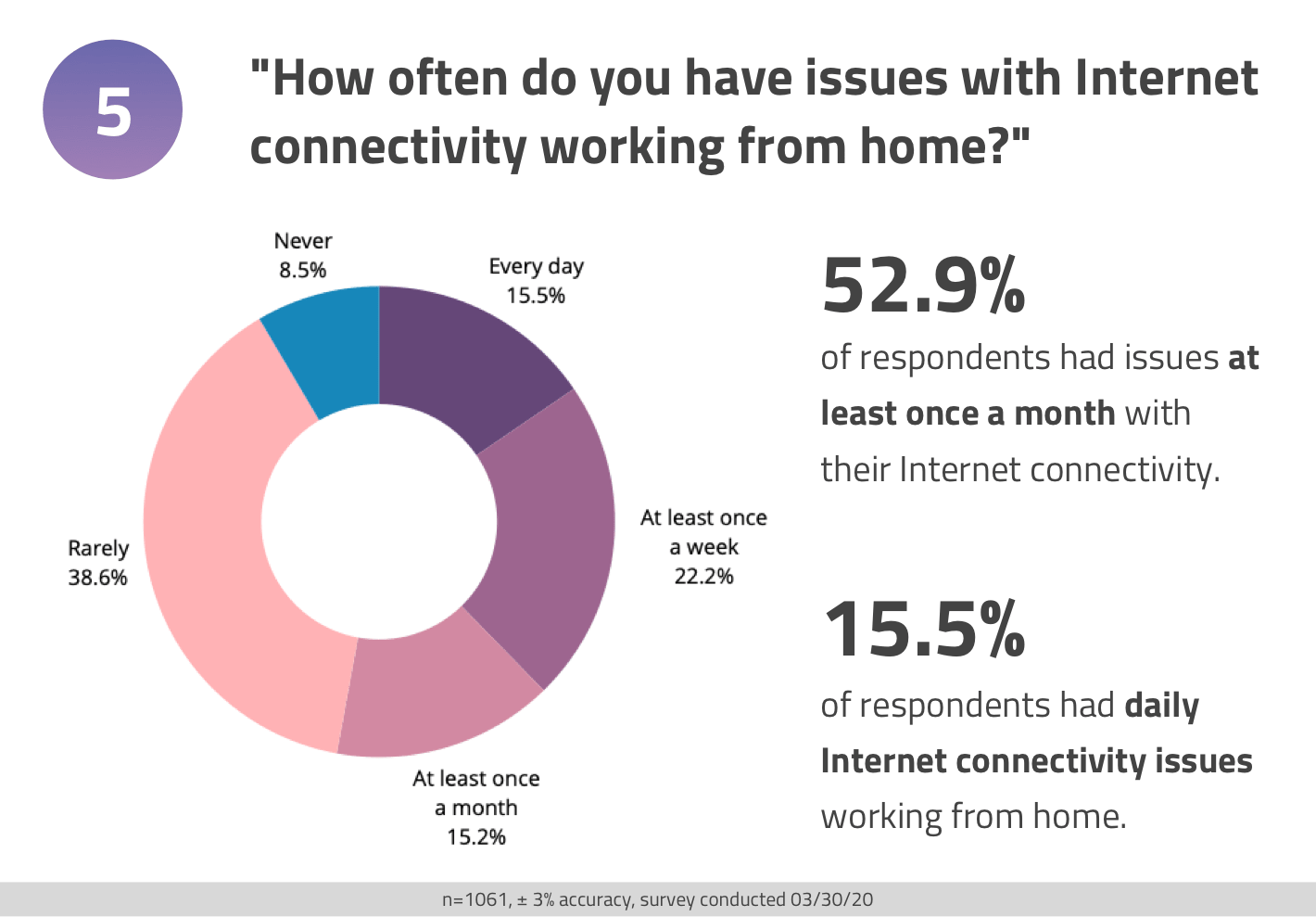Introduction
Working remotely has become increasingly popular in recent years, and the COVID-19 pandemic has only accelerated this trend. While remote work offers numerous benefits, such as flexibility and increased productivity, it also comes with its own set of challenges. One of the most common issues faced by remote workers is internet connectivity problems. In this blog post, we will explore some effective strategies to tackle internet connectivity issues in remote work environments.
1. Understanding the Importance of Reliable Internet Connection

In today’s digital age, remote work has become increasingly popular. However, one of the biggest challenges faced by remote workers is internet connectivity issues. A reliable internet connection is crucial for seamless communication, accessing online resources, and completing tasks efficiently. In this article, we will explore some effective strategies to tackle internet connectivity issues in remote work environments.
2. Assessing Your Internet Connection
The first step in addressing internet connectivity issues is to assess the quality and reliability of your current internet connection. Check your internet speed using online tools and compare it with the recommended speed for remote work. If your connection falls short, consider upgrading your internet plan or switching to a more reliable service provider.
3. Optimizing Your Wi-Fi Network
Wi-Fi signal strength plays a significant role in ensuring a stable internet connection. To optimize your Wi-Fi network, position your router in a central location, away from obstructions. Additionally, consider using Wi-Fi extenders or mesh networks to expand coverage in larger workspaces. Regularly updating your router’s firmware can also improve its performance.
4. Using Wired Connections
While Wi-Fi is convenient, it can be prone to interference and signal loss. If possible, connect your device directly to the router using an Ethernet cable. Wired connections offer more stability and faster speeds, especially when dealing with large file transfers or video conferences.
5. Employing Mobile Hotspots
In situations where your home internet connection is unreliable or unavailable, consider using a mobile hotspot as a backup. Most smartphones can be used as hotspots, allowing you to connect your devices to the internet using cellular data. However, be mindful of data limits and additional charges that may apply.
6. Prioritizing Bandwidth
If you share your internet connection with other household members, prioritize bandwidth for your remote work activities. Limit bandwidth-intensive tasks such as streaming videos or online gaming during your work hours. This ensures that you have sufficient bandwidth for your work-related tasks, minimizing connectivity issues.
Summary
Internet connectivity is crucial for remote workers to stay connected with their colleagues, access necessary resources, and complete their tasks efficiently. However, unreliable or slow internet connections can significantly hinder productivity and cause frustration. To overcome these challenges, it is essential to implement various strategies:
- Investing in a reliable internet service provider (ISP) and choosing the appropriate plan for your needs.
- Optimizing your home network setup by placing the router in a central location and minimizing interference.
- Using wired connections whenever possible to ensure a stable and fast internet connection.
- Utilizing mobile hotspot devices or tethering options as backup solutions in case of internet outages.
- Employing network monitoring tools to identify and troubleshoot connectivity issues promptly.
- Implementing bandwidth management techniques to prioritize essential work-related tasks.
- Considering alternative internet options, such as satellite or fixed wireless, if traditional broadband is not reliable in your area.
By implementing these strategies, remote workers can minimize internet connectivity issues and maintain a smooth and uninterrupted workflow. It is crucial to prioritize a stable internet connection to ensure productivity and success in remot her comment is here e work environments.
- Q: What are some common internet connectivity issues in remote work environments?
- A: Some common internet connectivity issues in remote work environments include slow internet speeds, intermittent connection drops, Wi-Fi signal interference, and limited bandwidth.
- Q: How can I troubleshoot slow internet speeds?
- A: To troubleshoot slow internet speeds, you can try restarting your router, moving closer to the Wi-Fi router, closing unnecessary applications or browser tabs, or contacting your internet service provider for assistance.
- Q: What should I do if my internet connection keeps dropping?
- A: If your internet connection keeps dropping, you can try resetting your router, checking for any physical damage to cables or equipment, updating your router’s firmware, or contacting your internet service provider for further assistance.
- Q: How can I minimize Wi-Fi signal interference?
- A: To minimize Wi-Fi signal interference, you can try relocating your router to a central location, away from other electronic devices, reducing the number of devices connected to the Wi-Fi network, or using a Wi-Fi extender or mesh network system.
- Q: What can I do if I have limited bandwidth?
- A: If you have limited bandwidth, you can try prioritizing essential tasks and avoiding bandwidth-intensive activities, such as streaming high-definition videos or downloading large files during peak usage hours. You can also consider upgrading your internet plan or exploring alternative internet service providers.

Hello, and welcome to my website! My name is Julian Allwood, and I am a dedicated professional Remote Workforce Support Specialist. With a passion for helping businesses optimize their remote work setups, I am here to provide you with valuable insights, tips, and resources to enhance your remote work experience.

